Similar to the game of hide and seek, basic trainees practiced finding the enemy before being found at Wilson Village urban operations site on Sand Hill Wednesday.
Soldiers were taught to act quickly, but unlike a game, the stakes are nothing to play with.
"Urban fighting is a very quick, intense, horrific type of fighting," said 1SG Randy Hahn, E Company, 2nd Battalion, 58th Infantry Regiment. "An insurgent can run from building to building, and you'll only see him for a few seconds. It's very fast, and it's very dangerous."
Three weeks from graduation, the class of more than 200 Soldiers practiced the fundamentals of urban operations, learning how to enter a building and react upon the detection of a threat.
Since there's no time for negotiating with an armed enemy, Hahn said the trainees run the mock missions over and over to convert training into instinct. The training is general, but when they arrive at their units, they will receive more unit-specific training.
"The drill sergeants gave us basic knowledge, but we know a lot more than when we got here," PV2T Chaz Bryant said.
If he is deployed after arriving at his unit in Fort Polk, La., Bryant said he will know what to look for, how to communicate with his squad members and how to maneuver safely.
Obstacles such as tall buildings that create limited visibility and the presence of civilians make urban settings challenging, Hahn said, but the training is timely and needed.
"The majority of wars from here into the future will be fought in an urbanized places," he said. "In order for us to achieve victory we must understand how to fight in cities."
Maneuvering in four-man teams or stacks, Soldiers entered the buildings Wednesday with their weapons at the ready. Each was responsible for one corner or sector, and was told to immediately fire at enemies with firearms. Once the room was secured, the squad leader made the decision on whether to move forward.
SPC John Costa said he was able to rotate through all four positions and was confident he would be ready to exercise those skills in combat.
"The training we've been given here, in all aspects, has provided a good, solid foundation we can build upon when we get to our units," he said. "We've got the basics down solid, and we are definitely capable of going on and knowing what we doing."
Although Hahn said mastering urban operations techniques can take years because it is constantly evolving, for these trainees, the basic foundation toward that end has already been laid.
The numbers
3 separate days of urban operations training
12 drill sergeants
220 basic trainees
11 hours at Wilson Village
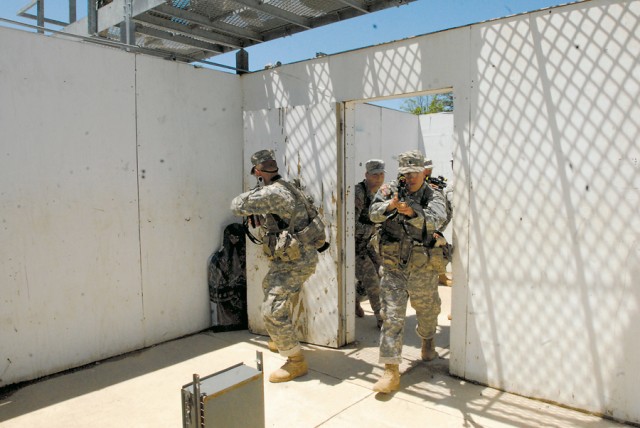
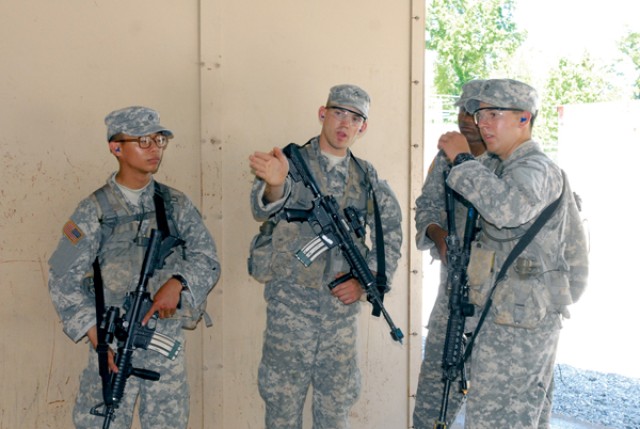
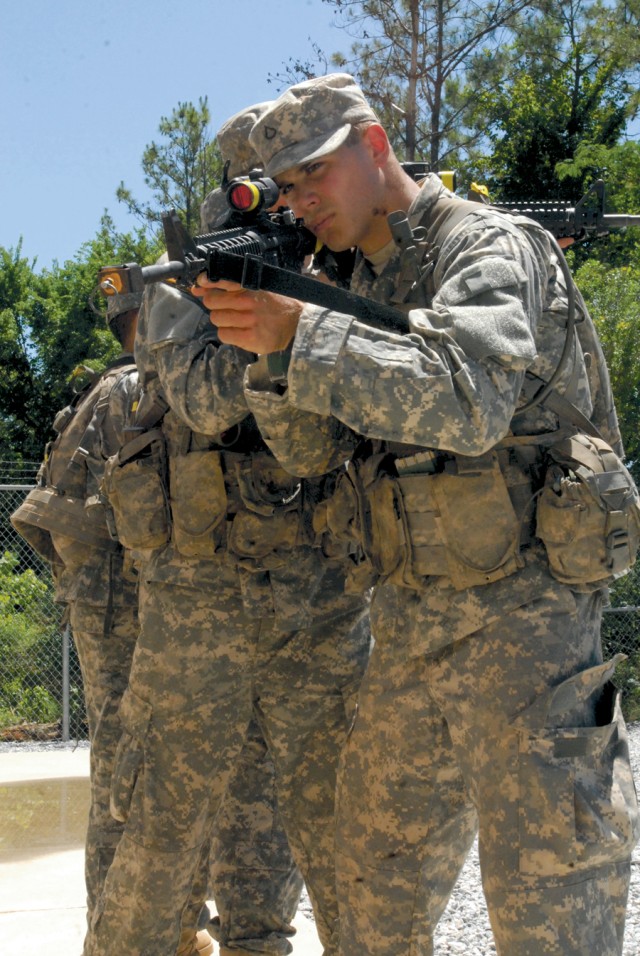
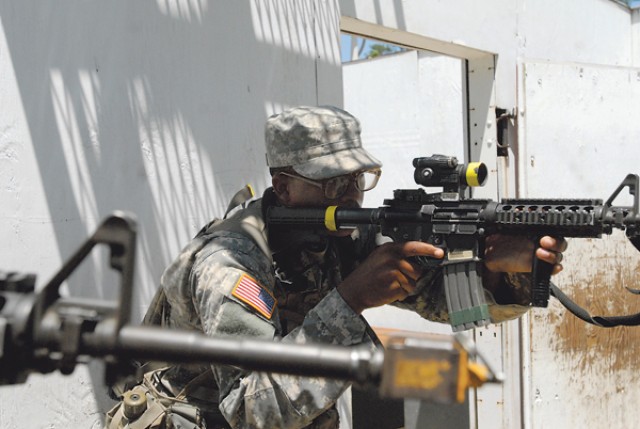
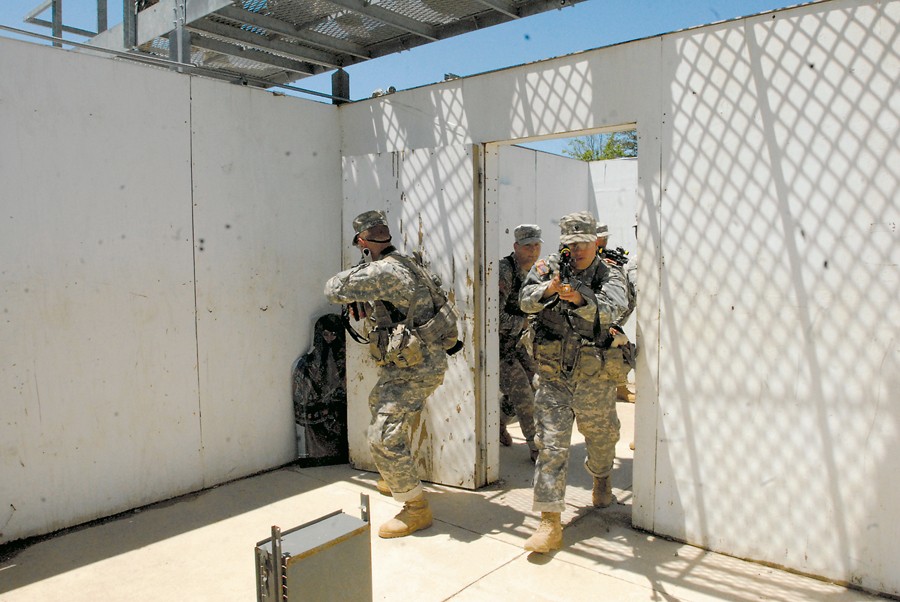
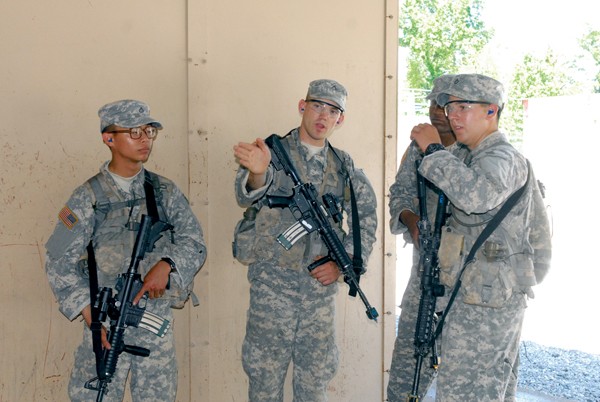
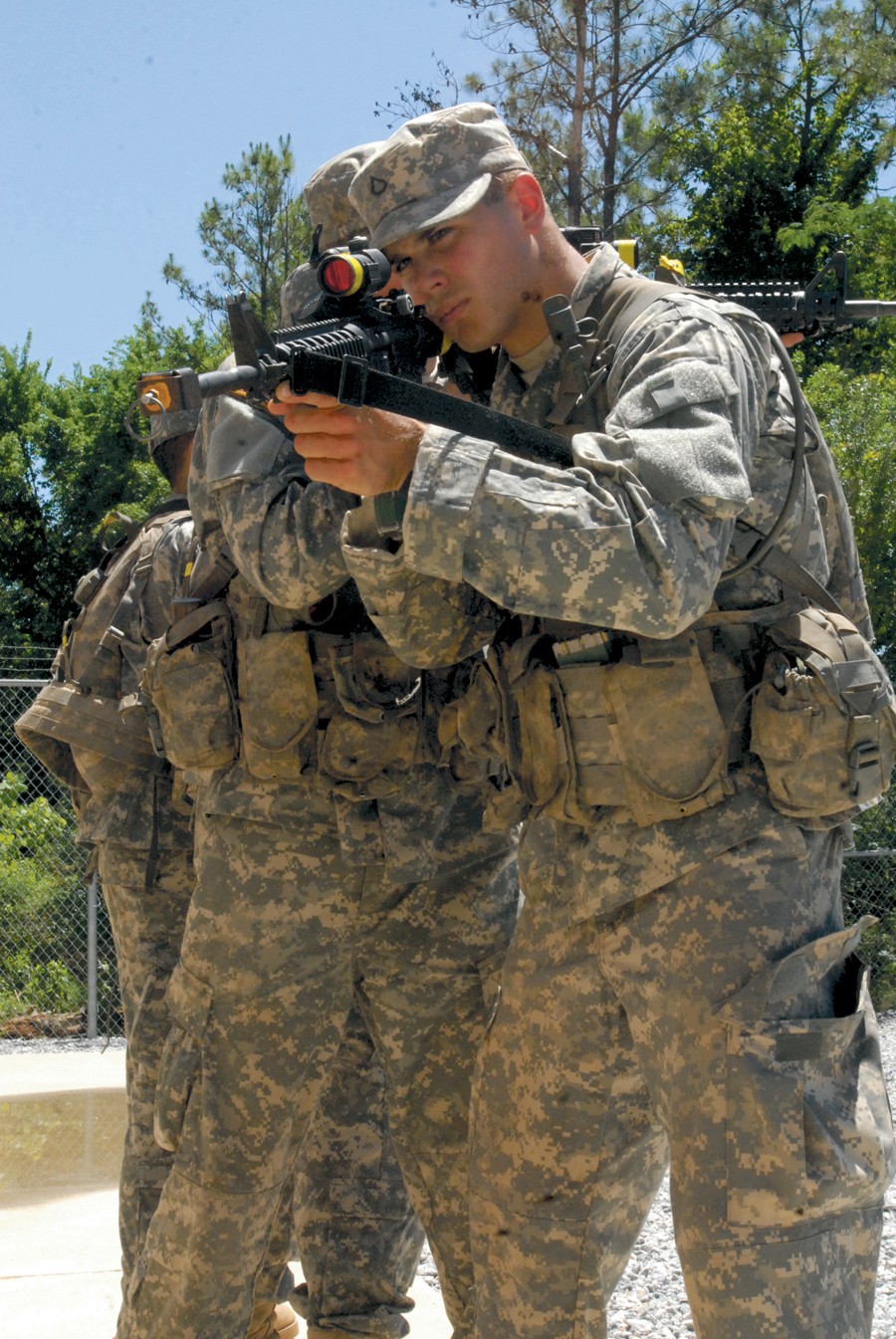
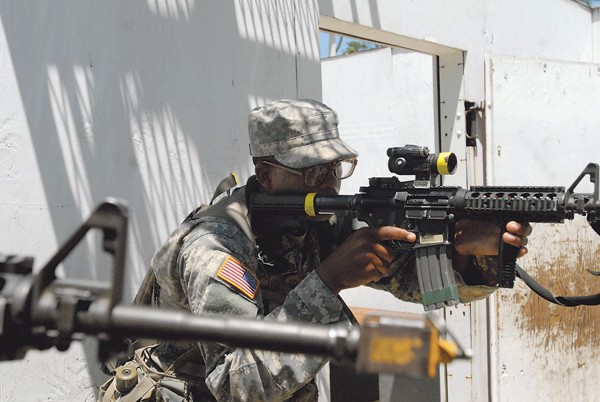
Social Sharing